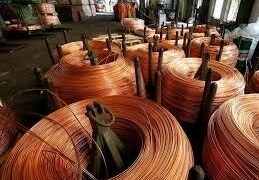BEIJING (Reuters) – China unveiled late Thursday a long-anticipated easing of foreign investment curbs on key sectors including banking, automotive, heavy industry and agriculture as Beijing moves to open its markets further.
China’s National Development and Reform Commission published on its website a new version of the so-called negative list, which sets out industries where foreign investment is limited or prohibited, that will take effect July 28.
In addition to confirming already announced pledges to fully remove ownership limits on industries such as insurance and autos within the next three to five years, China is also easing or removing ownership caps on businesses including ship and aircraft manufacturing, power grids and new breeding of crops excluding wheat and corn.
The announcement comes amid increasing scrutiny from China’s top trading partners including the United States and the European Union that have criticized imbalance in market access. They have argued that Chinese firms have been largely allowed to invest freely in their markets while China limits foreign firms’ ability to enter the world’s second-largest economy.
In trade talks between a U.S. delegation led by Treasury Secretary Steven Mnuchin and senior Chinese officials in early May, the Trump administration officials asked China not to distort trade through investment restrictions, sources familiar with the matter told Reuters at the time.
China has repeatedly said it will continue market reforms at its own pace, stressing that it will make and implement decisions on opening up its markets based on its own needs and not due to external pressure.
Foreign businesses say progress has been slow and pledges of wider access have been reiterations of previously announced reforms that are long overdue.
Fusion Media or anyone involved with Fusion Media will not accept any liability for loss or damage as a result of reliance on the information including data, quotes, charts and buy/sell signals contained within this website. Please be fully informed regarding the risks and costs associated with trading the financial markets, it is one of the riskiest investment forms possible.
Source: Investing.com



























